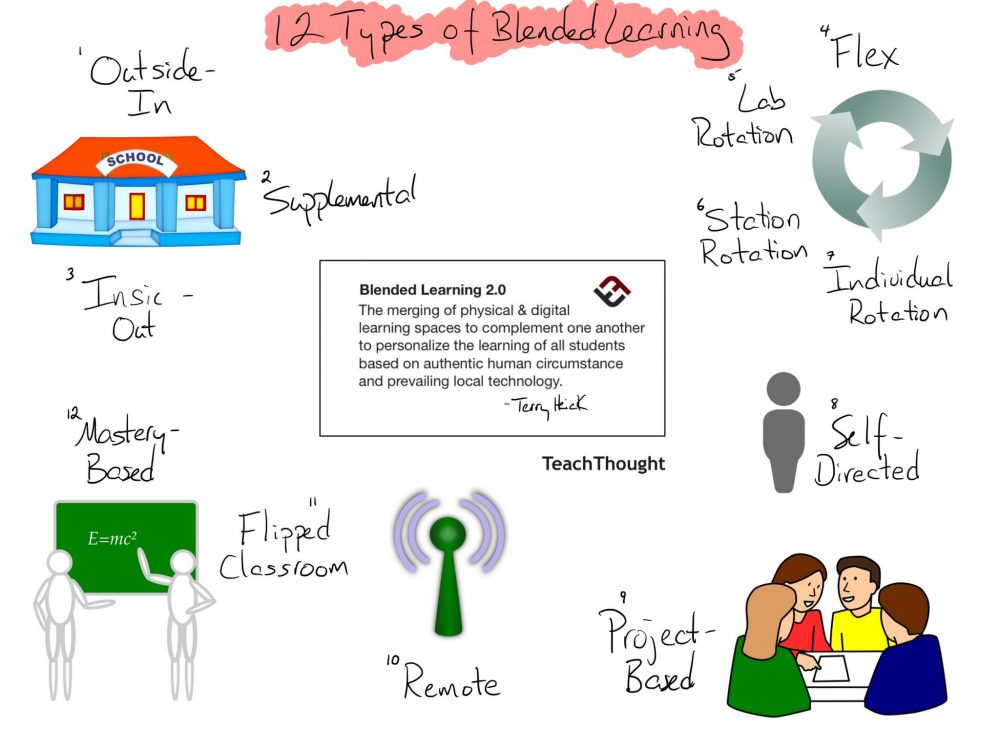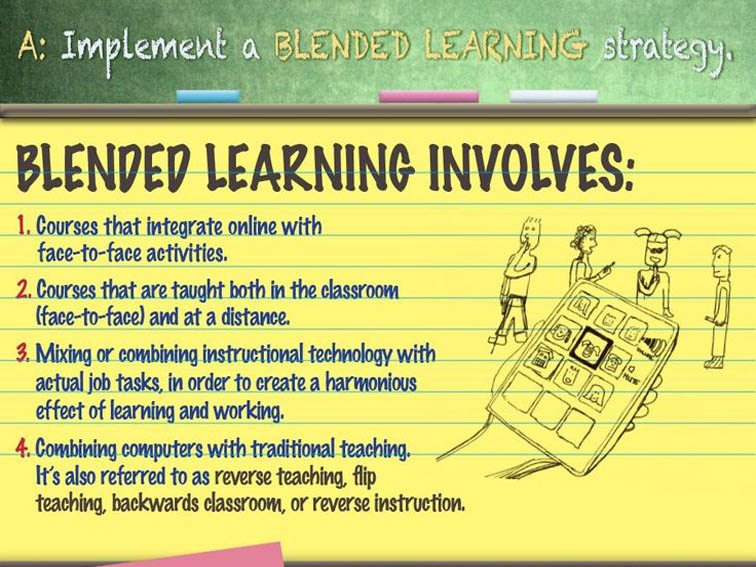Tinder dating privacy
I asked Tinder for my data. It sent me 800 pages of my deepest, darkest secrets
The dating app knows me better than I do, but these reams of intimate information are just the tip of the iceberg. What if my data is hacked – or sold?
Every European citizen is allowed to do so under EU data protection law, yet very few actually do, according to Tinder.
With the help of privacy activist Paul-Olivier Dehaye from personaldata.io and human rights lawyer Ravi Naik, I emailed Tinder requesting my personal data and got back way more than I bargained for.
Some 800 pages came back containing information such as my Facebook “likes”, links to where my Instagram photos would have been had I not previously deleted the associated account, my education, the age-rank of men I was interested in, how many Facebook friends I had, when and where every online conversation with every single one of my matches happened … the list goes on.
Reading through the 1,700 Tinder messages I’ve sent since 2013, I took a trip into my hopes, fears, sexual preferences and deepest secrets. Tinder knows me so well. It knows the real, inglorious version of me who copy-pasted the same joke to match 567, 568, and 569; who exchanged compulsively with 16 different people simultaneously one New Year’s Day, and then ghosted 16 of them.
“What you are describing is called secondary implicit disclosed information,” explains Alessandro Acquisti, professor of information technology at Carnegie Mellon University. “Tinder knows much more about you when studying your behaviour on the app. It knows how often you connect and at which times; the percentage of white men, black men, Asian men you have matched; which kinds of people are interested in you; which words you use the most; how much time people spend on your picture before swiping you, and so on. Personal data is the fuel of the economy. Consumers’ data is being traded and transacted for the purpose of advertising.”.
In May, an algorithm was used to scrape 40,000 profile images from the platform in order to build an AI to “genderise” faces. A few months earlier, 70,000 profiles from OkCupid (owned by Tinder’s parent company Match Group) were made public by a Danish researcher some commentators have labelled a “white supremacist”, who used the data to try to establish a link between intelligence and religious beliefs. The data is still out there.
+++++++++++
more on social media dating in this IMS blog
https://blog.stcloudstate.edu/ims?s=tinder

